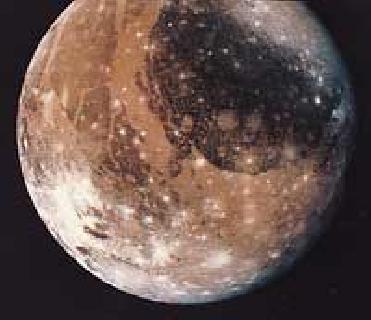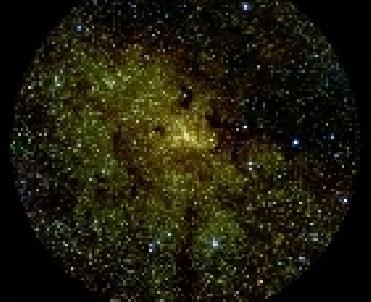
Jupiter's moon Ganymede. Image Credit: NASA
PARIS (AFP/PTI): Astronomers described a dwarf planet orbiting in the far, frozen reaches of the Solar System and unveiled a geological map of Ganymede, an icy satellite of Jupiter on Wednesday.
Space scientists were to provide the most detailed snapshots of these elusive objects at the European Planetary Science Congress in Potsdam, on the outskirts of Berlin.
Observers led by Pedro Lacerda of Queen's University, Belfast, used a giant infra-red telescope atop a mountain in Hawaii to get unprecedented views of a frozen mini-world called Haumea, first spotted in 2005.
Known as a dwarf planet, Haumea distantly orbits the Sun in a region beyond Neptune known as the Kuiper Belt.
It is the fourth largest-known object in the belt, after Eris, Pluto � once a planet but controversially downgraded in 2006 � and Makemake.
Haumea spins at an extraordinarily fast rate, apparently the result of a massive impact with another space object more than a billion years, Lacerda said in a press release.
A �day� there lasts just 3.9 hours, driven by a spin so ferocious that the planetoid has been deformed into the shape of an elongated diamond, 2,000 kilometres by 1,600 kms by 1,000 kms.
 Previous Article
Previous Article Next Article
Next Article












The Indian Air Force, in its flight trials evaluation report submitted before the Defence Ministry l..
view articleAn insight into the Medium Multi-Role Combat Aircraft competition...
view articleSky enthusiasts can now spot the International Space Station (ISS) commanded by Indian-American astr..
view article